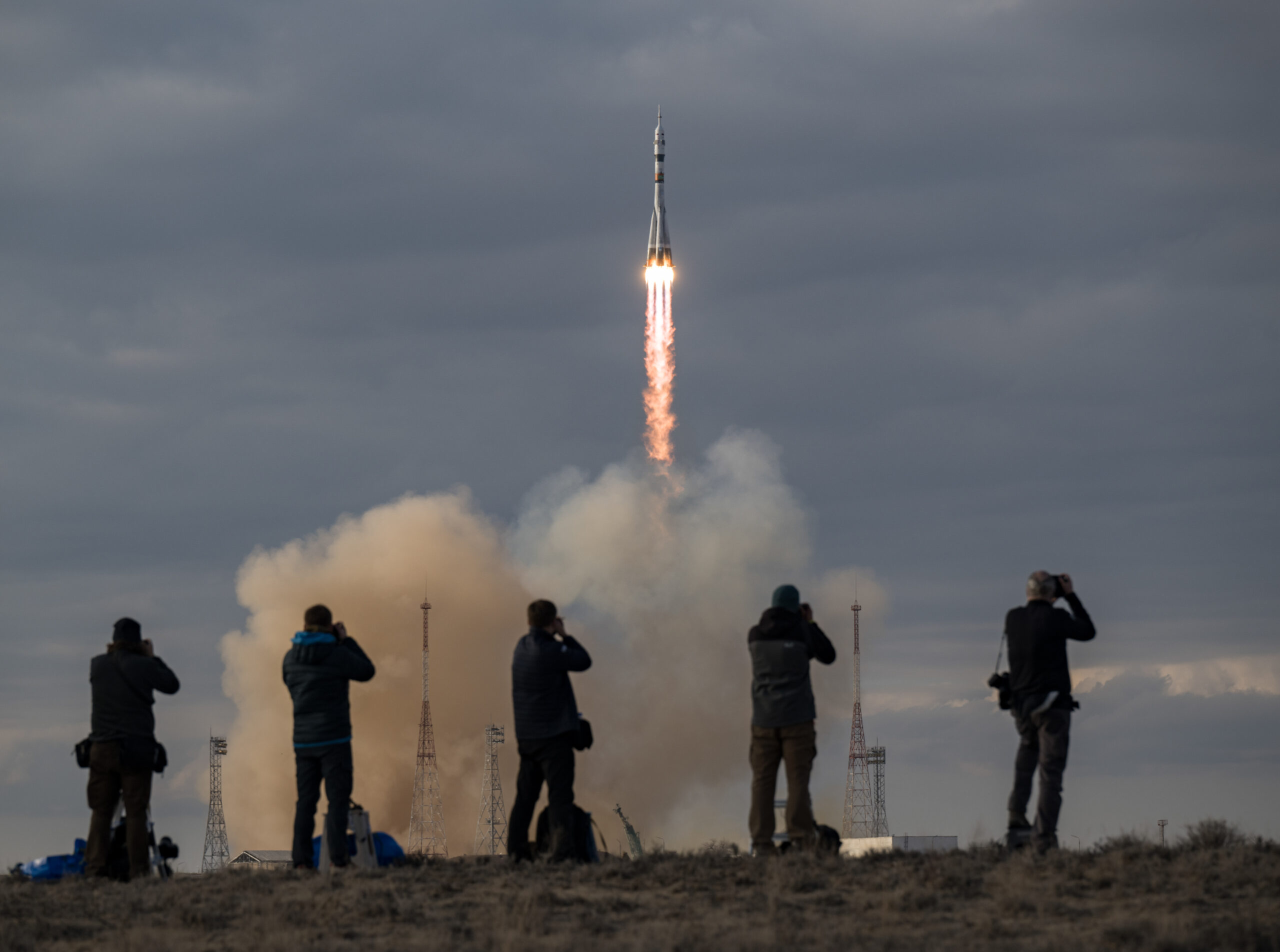
The International Space Station (ISS) welcomed cargo and prepared for a new crew arrival Saturday, as SpaceX’s CRS-30 Cargo Dragon docked at the sprawling orbital outpost at 7:19 a.m. EDT and Soyuz MS-25—crewed by Russian cosmonaut Oleg Novitsky, NASA astronaut Tracy Dyson and the first national space traveler of Belarus, Marina Vasilevskaya—took flight from the Baikonur Cosmodrome at 5:36:10 p.m. local time (8:36:10 a.m. EDT). Elsewhere, at the Kennedy Space Center (KSC) in Florida, following a one-day weather delay, SpaceX is gearing up for its ninth Falcon 9 launch of March early on Saturday evening.
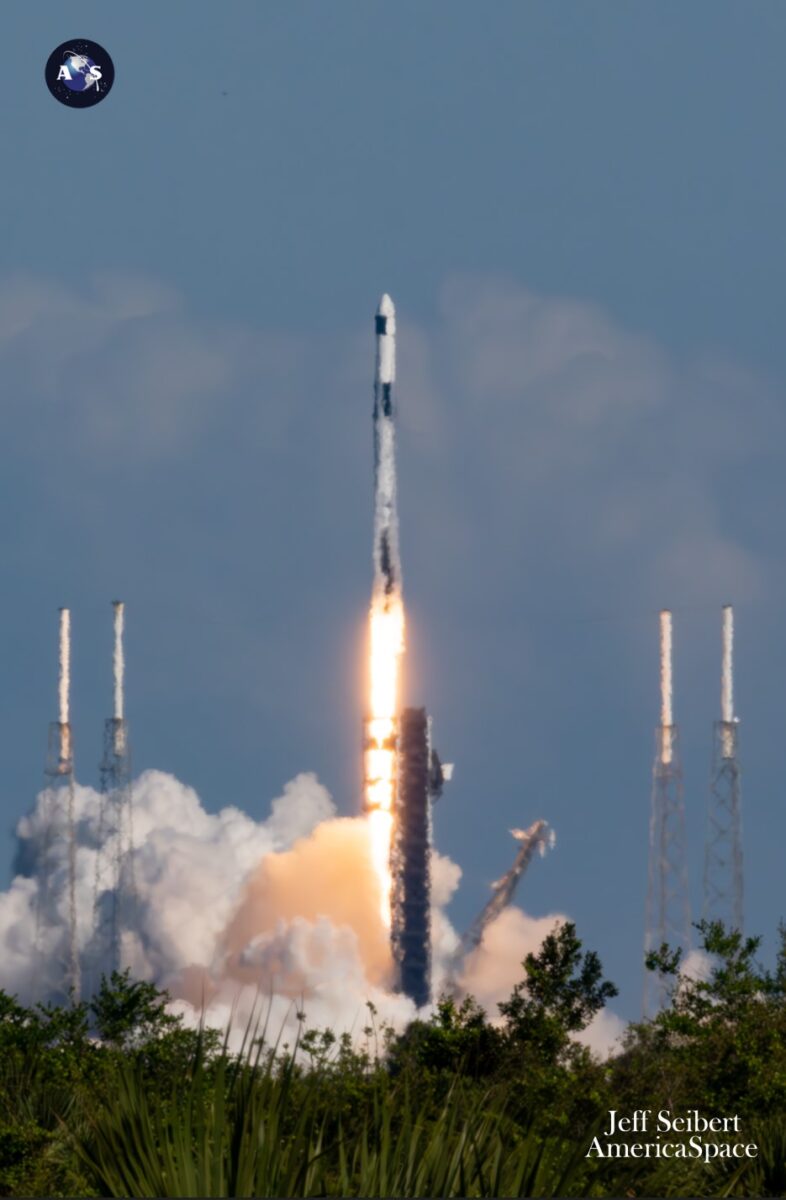
Laden with more than 6,000 pounds (2,700 kilograms) of payloads, equipment and supplies for the incumbent Expedition 70, CRS-30 is the 30th Cargo Dragon resupply mission to the space station, conducted under the second-round Commercial Resupply Services (CRS2) contract between NASA and SpaceX. A six-times-used Falcon lifted the four-times-flown Cargo Dragon ship from storied Space Launch Complex (SLC)-40 at Cape Canaveral Space Force Station, Fla., at 4:55 p.m. EDT Thursday, for a 38.5-hour, 25-orbit rendezvous and phasing profile to reach the station.
With SLC-40 back in service for Dragon operations for the first time since March 2020, CRS-30’s haul of cargo includes an experiment to investigate the carbon dioxide capturing mechanisms of two types of grasses to better understand changes in photosynthesis and plant metabolism in space, a multi-resolution scanner for the station’s on-board Astrobee robotic “helper” to support three-dimensional sensing, mapping and situational awareness functions and a deployable CubeSat to measure ocean ice levels and thickness. Also aboard the Cargo Dragon is a replacement ISS pump module, along with goodies for the Expedition 70 crew ranging from citrus fruit and apples to cherry tomatoes to two coffee kits.
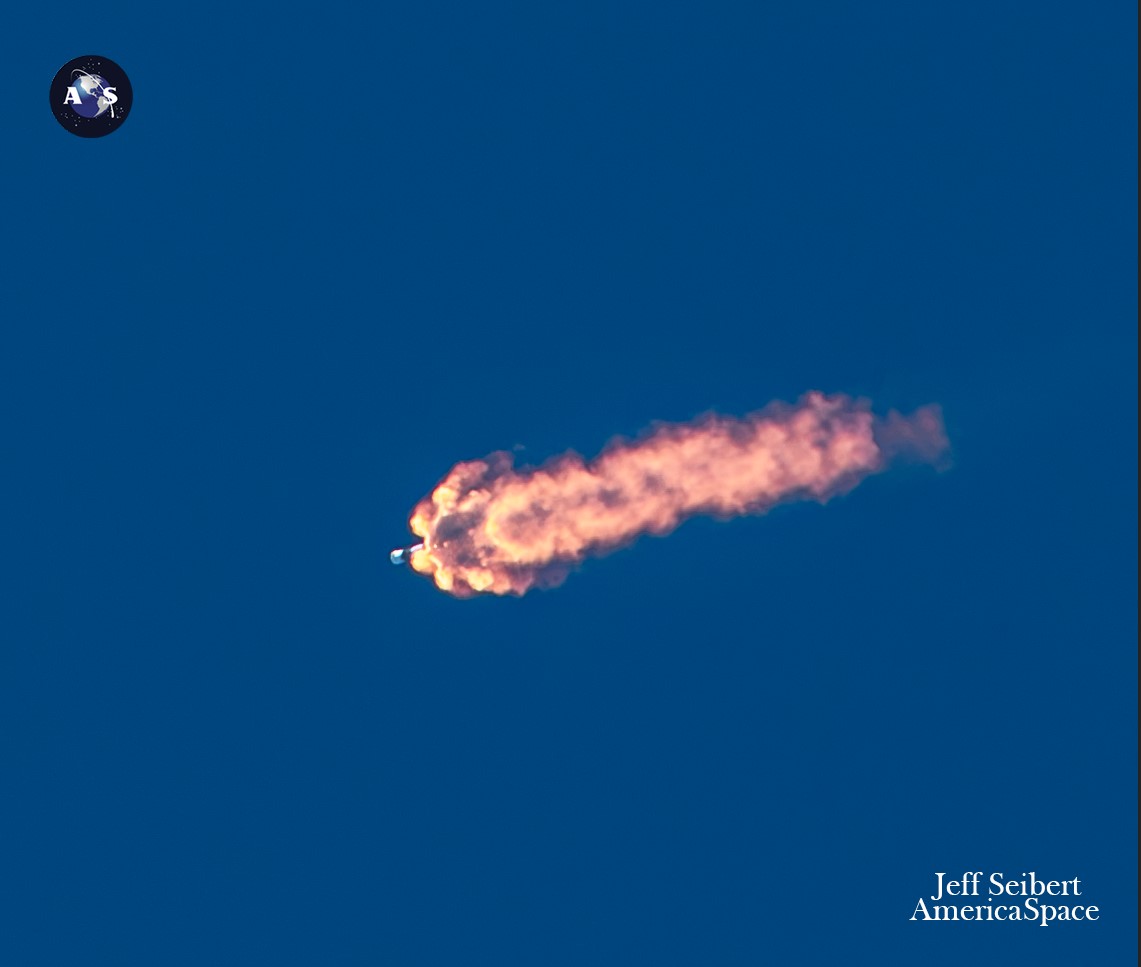
This particular Cargo Dragon ship, tailnumbered “C209”, is making her fourth trek to the station after previously supporting a trio of month-long ISS research trips in summer 2021 and more recently over the Christmas/New Year period in December 2021-January 2022 and latterly in the spring of last year. Across those three missions, she logged over 102 cumulative days in space, transporting more than 20,200 pounds (9,100 kilograms) of cargo to the ISS and returning 14,500 pounds (6,600 kilograms) of research samples and unneeded hardware back to Earth.
In readiness for CRS-30’s arrival, Expedition 70 astronauts Loral O’Hara and Mike Barratt spent Friday reviewing procedures for their monitoring role in the rendezvous. The Cargo Dragon docked autonomously at the space-facing (or “zenith”) port of the Harmony node at 7:19 a.m. EDT for a month-long stay.
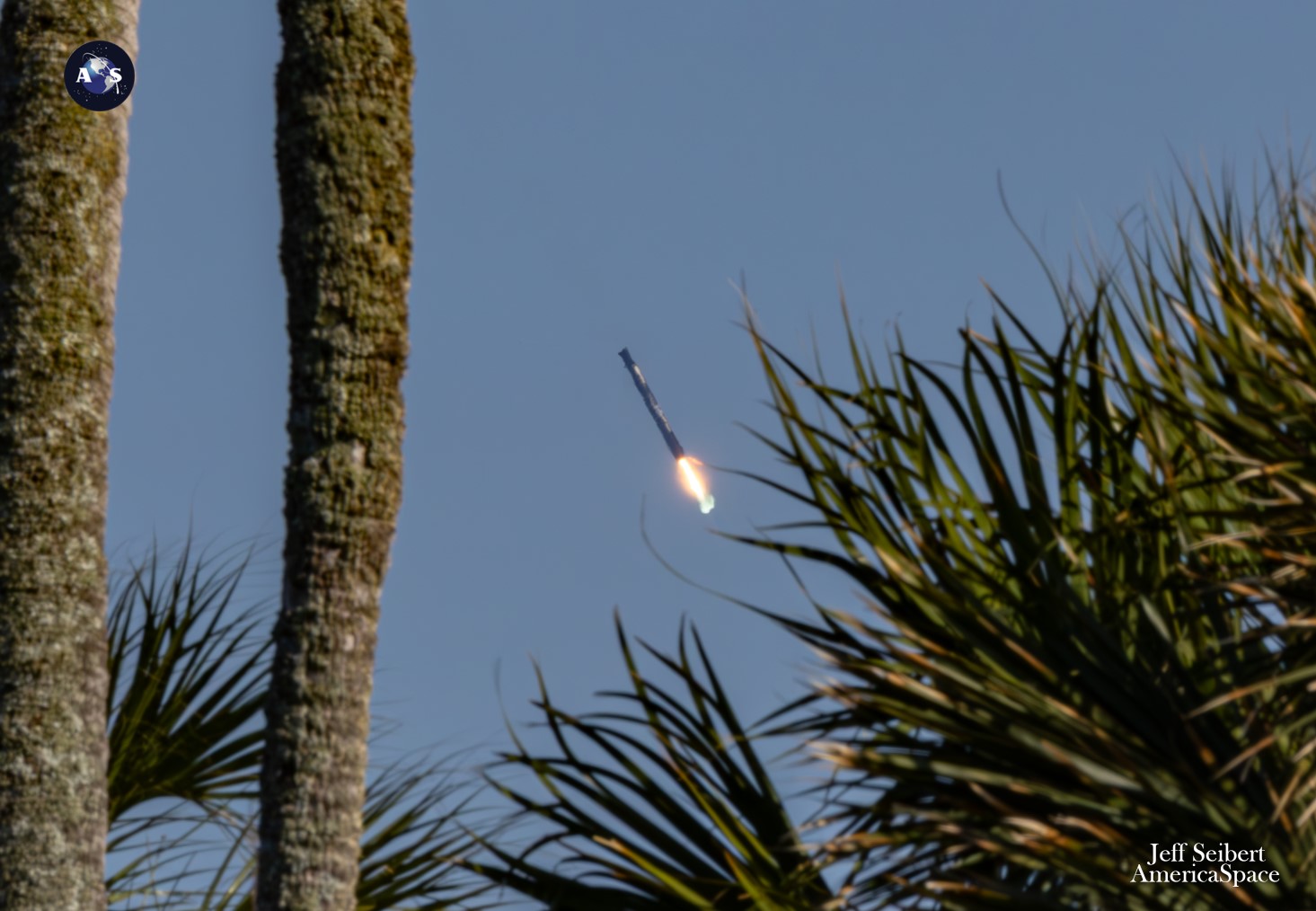
Attention then turned to Site 31/6 at the Baikonur Cosmodrome in Kazakhstan, where a 162-foot-tall (49-meter) Soyuz-2.1 booster stood primed with the Soyuz MS-25 spacecraft to loft a new crew to the station. Originally scheduled to fly at 6:21:18 p.m. local time (9:21:18 a.m. EDT) Thursday, the launch was scrubbed inside T-20 seconds and teams recycled for a backup opportunity early Saturday morning. The two-day delay also forced an adjustment to Soyuz MS-25’s orbital mechanics and phasing, as Novitsky, Dyson and Vasilevskaya shifted from a three-hour and two-orbit “ultra-fast” rendezvous profile to a longer approach of two days and 32 orbits.
With temperatures in the mid-50s Fahrenheit, a little warmer than Thursday, today’s launch day dawned fine if overcast at Baikonur. The prime crew and their backups—Russian cosmonaut Ivan Vagner, U.S. astronaut Don Pettit and Anastasia Lenkova of Belarus—were awakened early Thursday and showered, dressed and ceremonially autographed their doors at Baikonur’s Cosmonaut Hotel.
A solemn blessing by a Russian Orthodox priest was followed by Novitsky, Dyson and Vasilevskaya getting bussed out to Site 254 to don their Sokol (“Falcon”) launch and entry suits. That gave the crew a last chance to speak (from behind glass screens) with friends and loved ones.
They were then bussed out to Site 31/6 to board Soyuz MS-25, with Novitsky assuming the center commander’s seat in the tiny descent module, flanked by Vasilevskaya to his left and Dyson to his right. In the final minutes of the countdown, Russian music was piped into the Soyuz cabin for the crew’s benefit.
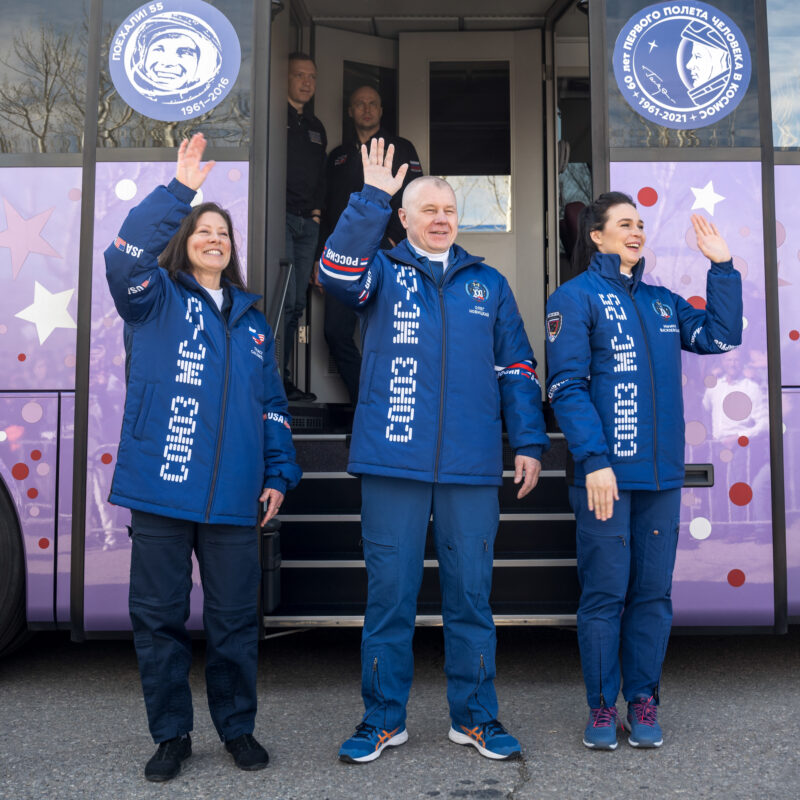
At T-5 minutes, the “launch key”—an actual, physical key, inserted in the launch pad bunker to transition the booster’s launch sequence to autonomous mode—was inserted and Novitsky’s controls were unlocked. Internal avionics aboard Soyuz MS-25 were spooled up in readiness for liftoff.
As the countdown entered the final minute, all eyes were focused on the launch pad’s two umbilical towers, both of which were set to retract and recline to their fallback positions in the final seconds before liftoff. The second of these towers, which normally retracts about 15 seconds prior to T-0 marking the initiation of engine sequence start, did not separate last Thursday and the launch was aborted.
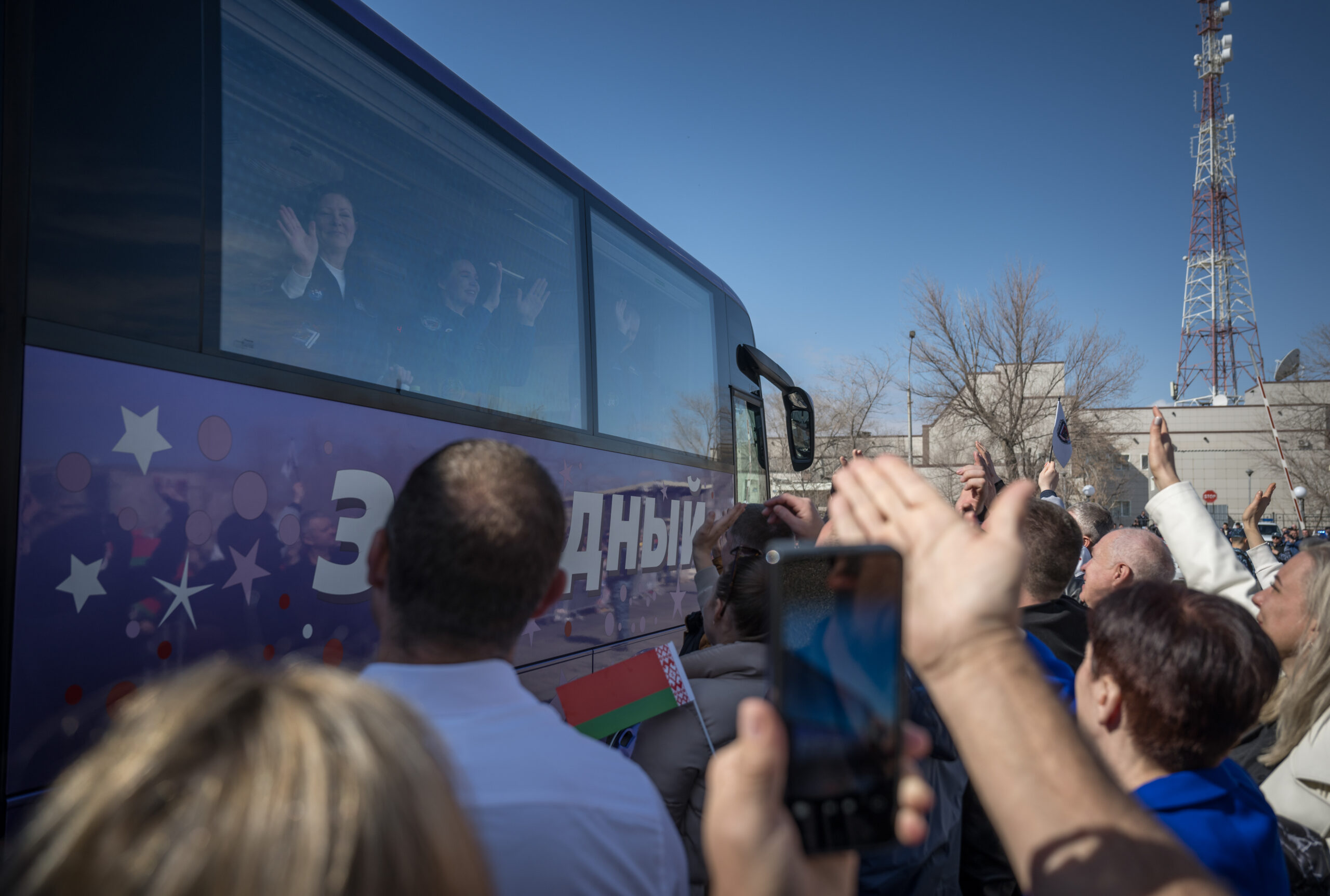
On Saturday, by contract, the launch proved charmed. “Vehicle to internal power”, came the call from the Russian announcer as the first umbilical tower swung away at T-30 seconds. “Autosequence initiated,” she followed, as the second tower retracted a few seconds past T-20 seconds. Then: “Launch…Ignition…Engines to maximum thrust…”
At 5:36:10 p.m. local time (8:36:10 a.m. EDT), a dull ruddy glow from the rocket’s RD-108A core stage and four RD-107A tapering boosters appeared at the base of the Soyuz-2.1a as Novitsky, Dyson and Vasilevskaya braced for liftoff. “We now have engine ignition,” said NASA’s Rob Navias. “Turbopumps and engines up to flight speed…now at full throttle…We have liftoff: Dyson, Novitsky and Vasilevskaya finally underway on a two-day journey to the International Space Station…”
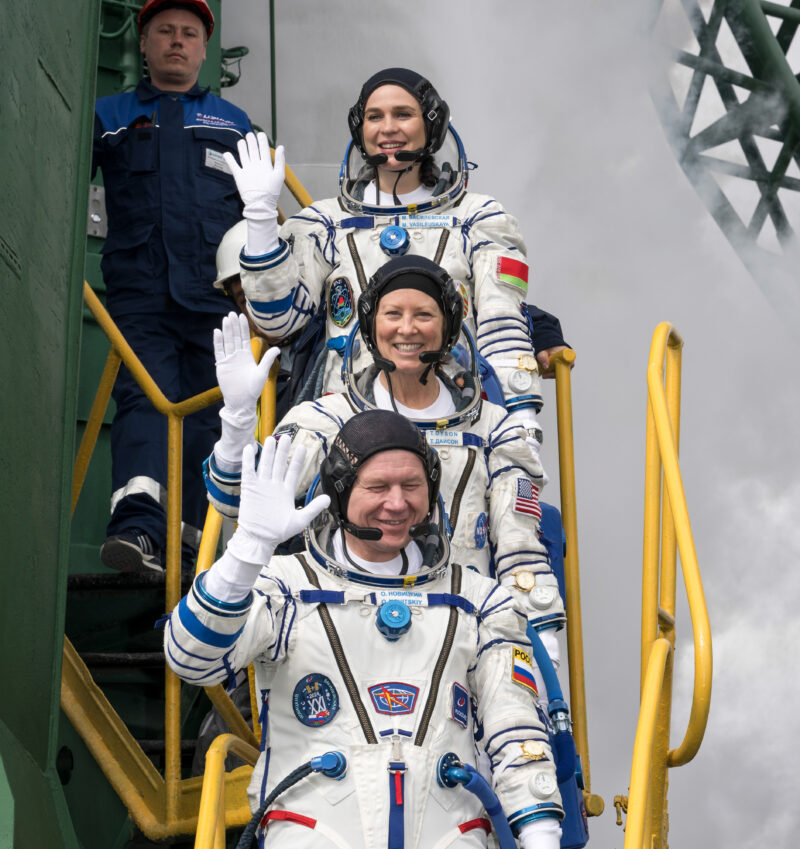
Heading out of Baikonur on a northeasterly trajectory, the rocket punched out 930,000 pounds (422,000 kilograms) of thrust and it roared smoothly into steadily darkening skies. Ascent was entirely nominal and Soyuz MS-25 separated from the rocket precisely on time at eight minutes and 46 seconds into the flight.
Novitsky, Dyson and Vasilevskaya are scheduled to dock at the Earth-facing (or “nadir”) port of the station’s Prichal module at 11:09 a.m. EDT on Monday, after a 38.5-hour, 25-orbit voyage, lengthened from the nominal three-hour and two-orbit “ultra-fast” rendezvous regime by orbital mechanics and phasing demands. Before launch, Dyson remarked that she was particularly looking forward to a short trek to the ISS, having endured an uncomfortable two-day ride in the tiny Soyuz cabin for her last mission in 2010. Doubtless, the wait for her next long-duration station stay will be worth it.
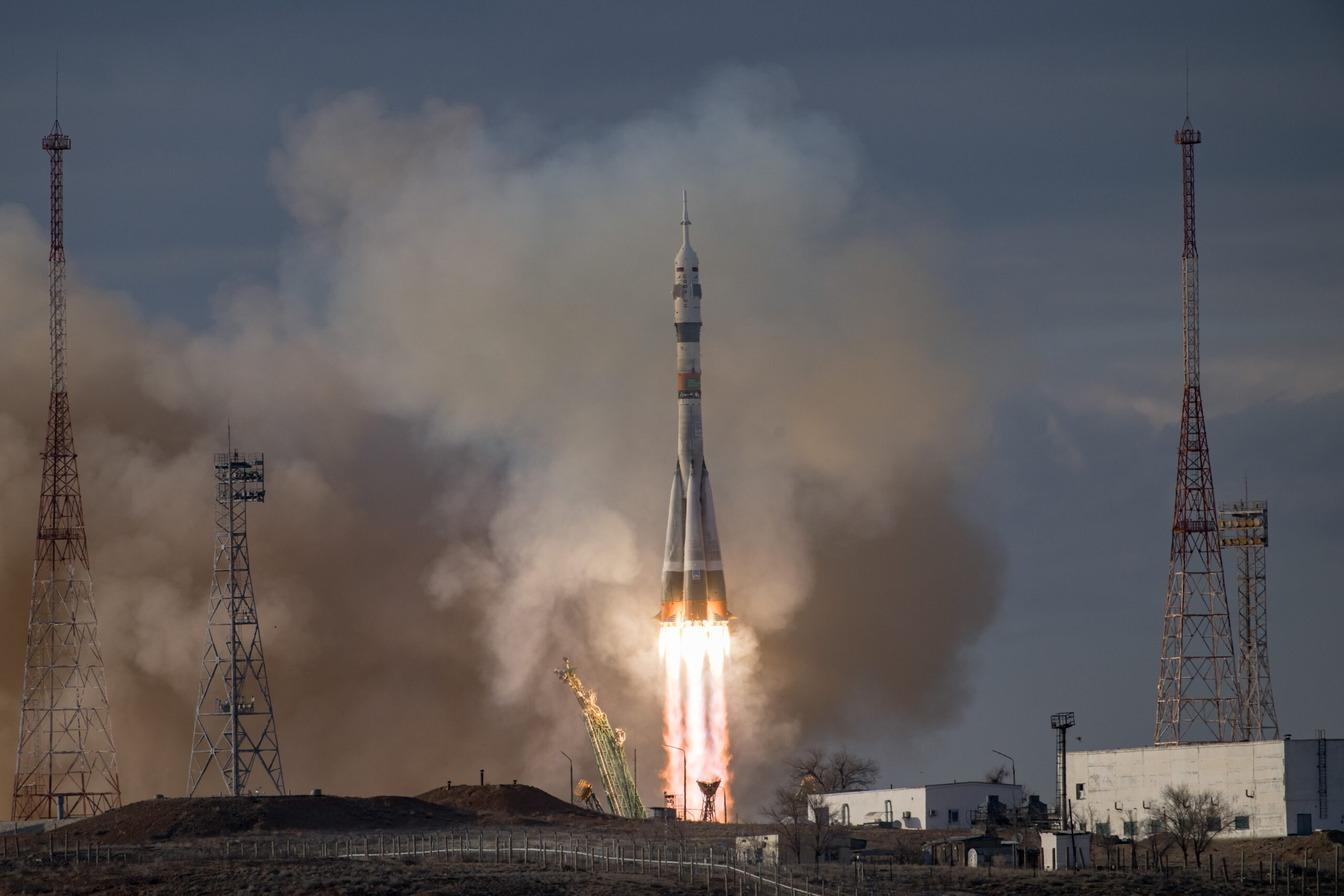
Meanwhile, following a day-long weather delay, SpaceX is looking to a four-hour “window” later tonight for its ninth Falcon 9 mission of March. Scrubbed on Friday night due to weather odds that climbed no better than 20-percent-favorable—tempered by gusty winds, showers and isolated thunderstorms across the Space Coast—teams realigned for a four-hour “launch window” opening at 7:39 p.m. EDT and closing at 11:29 p.m. EDT Saturday.
Laden with 23 Starlink internet communications satellites, workhorse B1060—the fourth booster to reach a life-leading 19th launch and the third to do so this year—will rise from historic Pad 39A at Florida’s Kennedy Space Center (KSC) for the ninth Falcon 9 mission of March and the 28th of the year so far. An on-time launch will permit the deployment of the Starlink payload about 65 minutes into the flight.
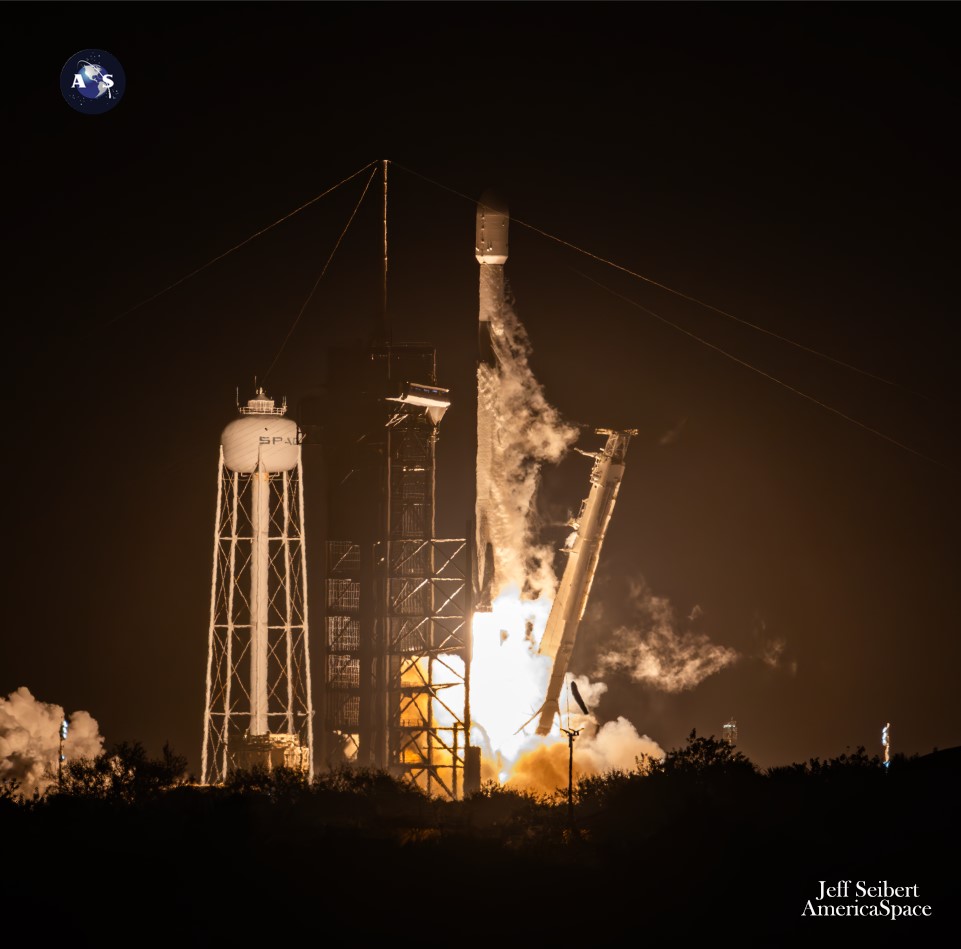
Weather predictions are kinder for Saturday, with up to an 80-percent Probability of Go (PGo), according to forecasters at the 45th Weather Squadron at Patrick Space Force Base. “Low pressure will be tracking up the Eastern Seaboard,” it reported, “leaving the Spaceport with northwesterly winds and isolated, wrap-around showers” and yielding a primary risk of violating the Cumulus Cloud Rule and Liftoff Winds Rule, “associated with the isolated showers”. A scrub to Sunday’s 7:06 p.m. EDT launch time brings increased gradient winds, with lessened chances of showers but a heightened probability of wind violations.




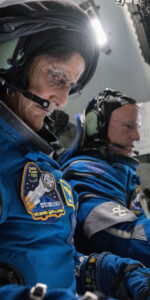
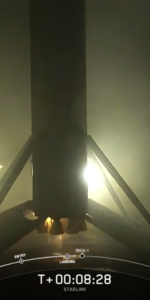
6 Comments
Leave a Reply6 Pings & Trackbacks
Pingback:Space Station Welcomes Cargo, Awaits Crew Arrival – AmericaSpace | Prometheism Transhumanism Post Humanism
Pingback:NASA’s Loral O’Hara to End 204-Day Mission, Return to Earth Tomorrow Night - AmericaSpace
Pingback:NASA’s Loral O’Hara to End 204-Day Mission, Return to Earth Tomorrow Night - SPACERFIT
Pingback:With Return of O’Hara, Crewmates, Expedition 71 Officially Underway - AmericaSpace
Pingback:With Return of O’Hara, Crewmates, Expedition 71 Officially Underway - SPACERFIT
Pingback:Wilmore, Williams Arrive in Florida, Ahead of Historic Starliner Launch NET 6 May - AmericaSpace